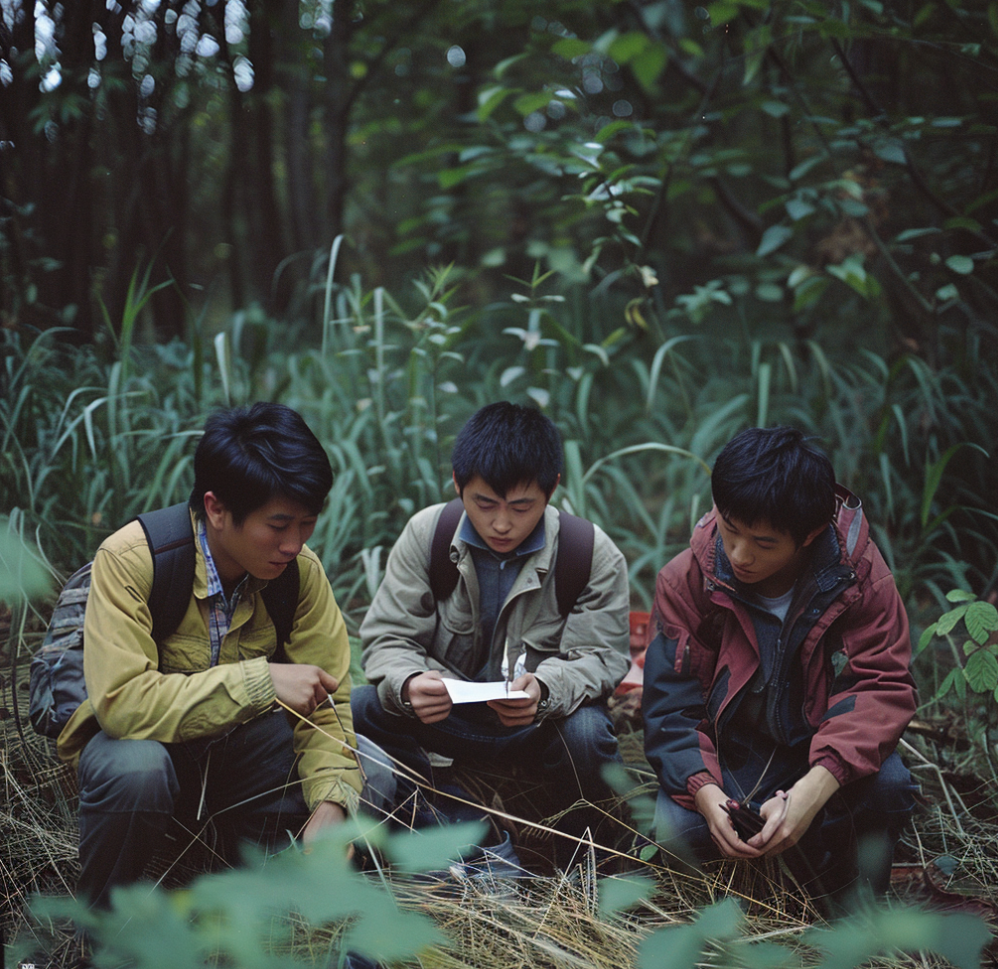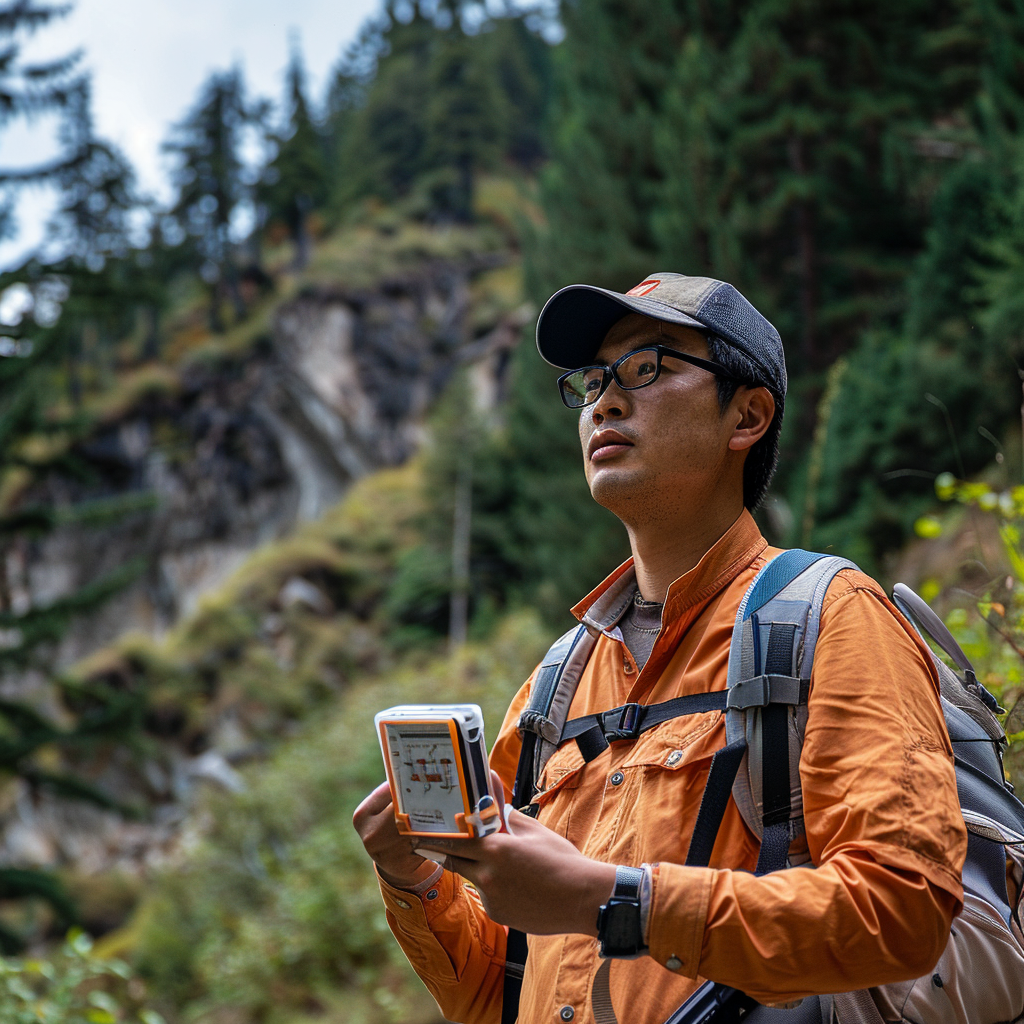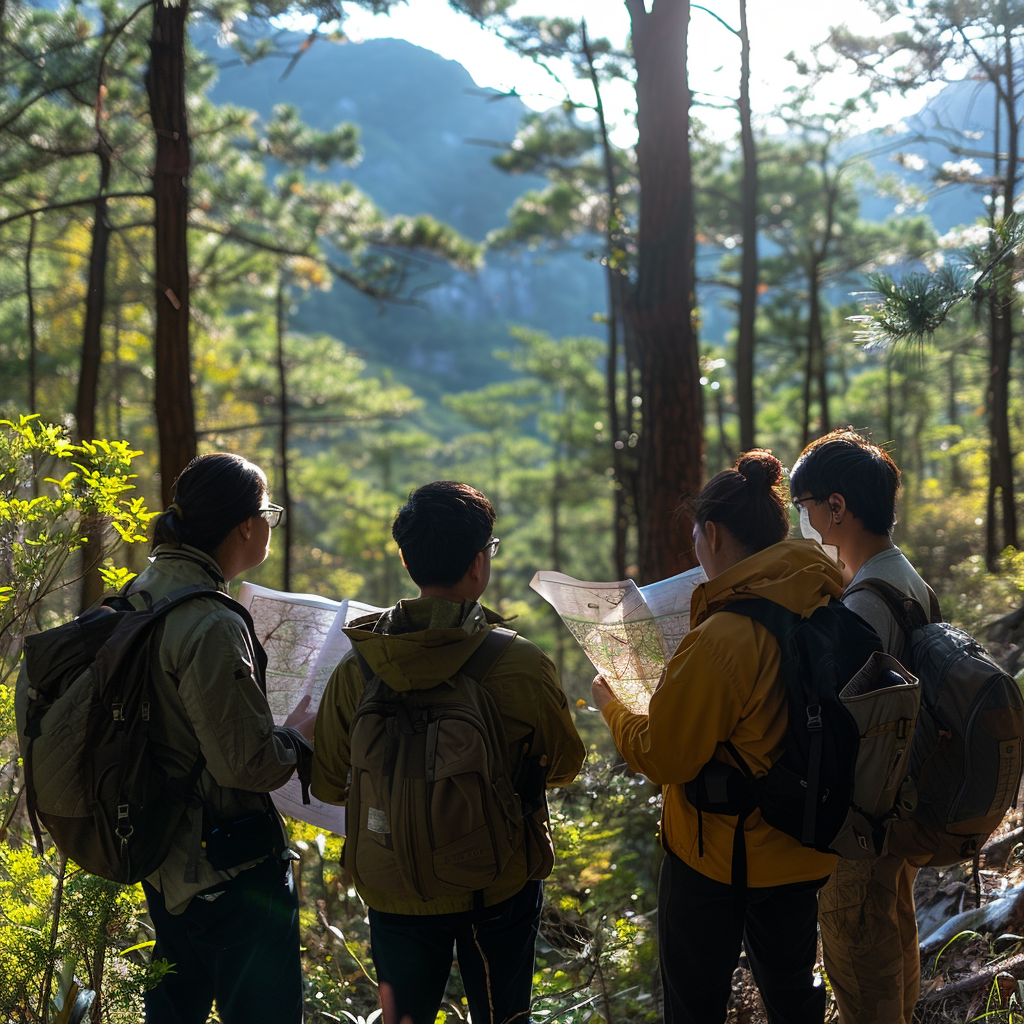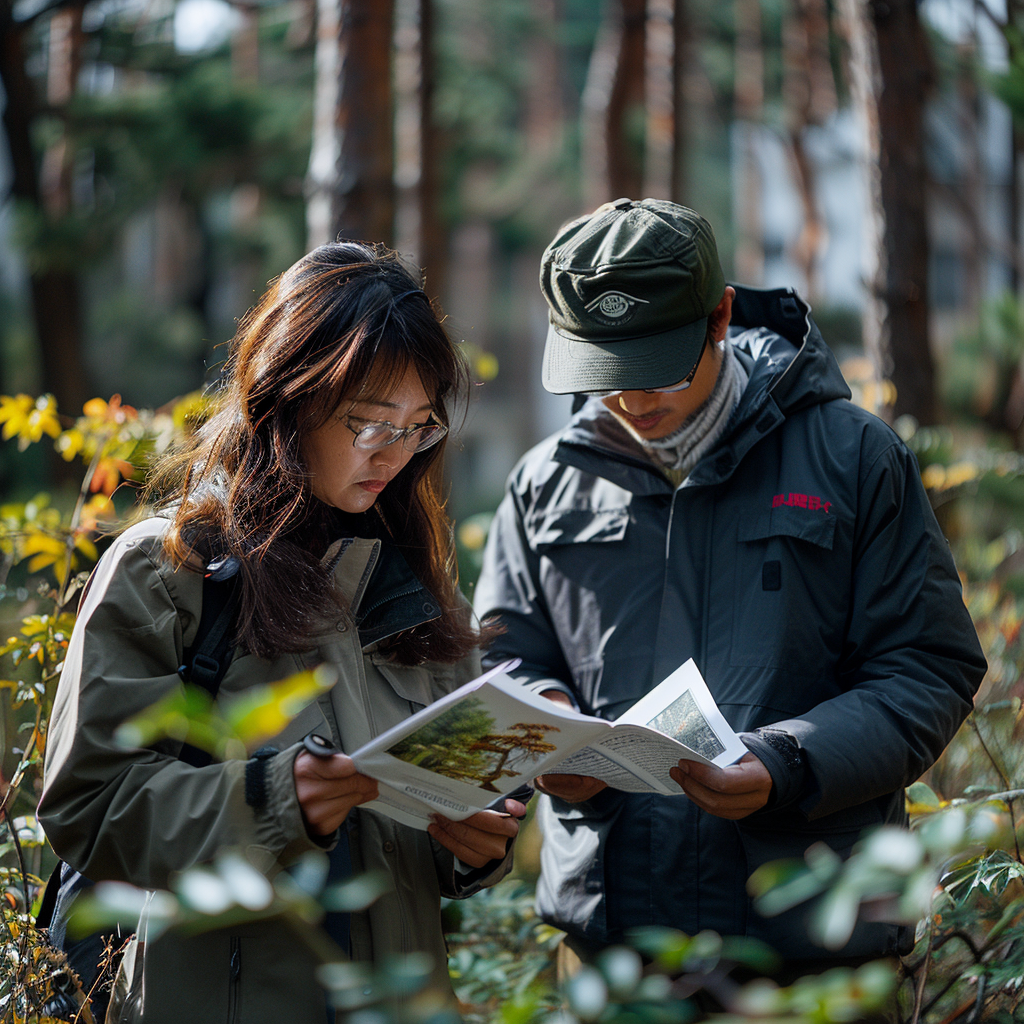发布:2025-06-24 浏览:0
在生态资源日益珍贵的当下,林木资产作为大自然赋予的绿色财富,其价值评估不再只是简单的树木计价,而是一门融合林业科学、经济学、市场分析的综合性学问。无论是林地流转、资产抵押,还是生态补偿,精准评估林木资产价格都至关重要,而掌握其基础知识,就如同拿到了解读这份绿色财富价值的 “密码本”。
In the current era where ecological resources are increasingly precious, the value assessment of forest assets, as a green wealth bestowed by nature, is no longer just a simple tree valuation, but a comprehensive discipline that integrates forestry science, economics, and market analysis. Whether it is forest land transfer, asset mortgage, or ecological compensation, accurate evaluation of forest asset prices is crucial, and mastering its basic knowledge is like obtaining a "codebook" to interpret the value of this green wealth.
一、认识林木资产:不止是 “树” 那么简单
1、 Understanding Forest Assets: It's Not Just About Trees
林木资产涵盖的范围远比想象中丰富。从类型上看,它既包括生长在山林间的用材林,像松树、杉树这类可用于建筑、家具制造的树木;也有经济林,比如果树、油茶树等能带来直接经济收益的林木;还有发挥生态防护功能的防护林,以及承载科研、景观价值的特种用途林。这些林木资产的价值,不仅体现在木材的经济价值上,还包括碳汇能力、水土保持、生物多样性保护等生态价值,以及旅游观光、科普教育等社会价值。例如一片位于自然景区周边的特种用途林,其景观观赏价值可能远超木材售卖所得,评估时必须全面考量其多元属性。
The scope of forest assets is much richer than imagined. From a typological perspective, it includes timber forests that grow in the mountains and forests, such as pine and fir trees that can be used for construction and furniture manufacturing; There are also economic forests, such as oak trees and oil tea trees, that can bring direct economic benefits; There are also protective forests that serve ecological protection functions, as well as special-purpose forests that carry scientific research and landscape value. The value of these forest assets is not only reflected in the economic value of timber, but also includes ecological values such as carbon sequestration capacity, soil and water conservation, biodiversity protection, as well as social values such as tourism and science education. For example, a special purpose forest located around a natural scenic area may have a landscape appreciation value that far exceeds the income from wood sales, and its diverse attributes must be comprehensively considered when evaluating it.
二、影响价格的关键因素:自然与市场的双重 “天平”
2、 The key factors affecting prices: the dual "balance" of nature and the market
林木资产价格受自然条件和市场环境的双重影响。自然因素中,林木的种类、树龄、生长状况是核心。不同树种因材质、用途不同,价值差异显著,如红木等珍稀树种价格高昂,而普通杨树、柳树价值相对较低;树龄直接关系到树木的蓄积量和成材程度,一棵生长 20 年的杉木,其蓄积量和经济价值远超 5 年生的幼树;生长状况良好、树干通直、无病虫害的林木,在市场上更受欢迎。此外,林地的立地条件也不容忽视,土壤肥沃、光照充足、排水良好的林地,更利于林木生长,其资产价值也更高。
The price of forest assets is influenced by both natural conditions and market environment. Among natural factors, the type, age, and growth status of trees are the core. Different tree species have significant differences in value due to their materials and uses. Rare tree species such as rosewood are expensive, while ordinary poplar and willow trees have relatively lower value; The age of a tree is directly related to its stock volume and maturity. A 20-year-old Chinese fir tree has a much higher stock volume and economic value than a 5-year-old sapling; Trees with good growth conditions, straight trunks, and no pests and diseases are more popular in the market. In addition, the site conditions of forest land cannot be ignored. Forest land with fertile soil, sufficient sunlight, and good drainage is more conducive to forest growth and has a higher asset value.
市场因素方面,木材供需关系直接影响价格。当市场对木材需求旺盛,而供应量有限时,林木资产价格往往上涨;反之则下降。同时,木材加工产业的发展水平、运输成本、政策法规等也会间接影响价格。比如某地新建大型木材加工厂,对本地木材需求激增,周边林木资产价格随之水涨船高;而严格的森林采伐限额政策,限制了木材供给,同样会推动价格上升。
In terms of market factors, the supply and demand relationship of wood directly affects prices. When the market has a strong demand for timber but limited supply, the prices of timber assets often rise; Conversely, it decreases. At the same time, the development level, transportation costs, policies and regulations of the wood processing industry will indirectly affect prices. For example, when a large wood processing plant is newly built in a certain area, the demand for local wood increases sharply, and the prices of surrounding forest assets rise accordingly; The strict forest logging quota policy, which limits the supply of timber, will also drive up prices.

三、评估方法:寻找价值衡量的 “标尺”
3、 Evaluation method: Finding a "ruler" for measuring value
目前,常用的林木资产价格评估方法各有侧重。市场法是通过寻找类似条件的林木资产交易案例,对比分析评估对象与参照案例在树种、树龄、蓄积量、立地条件等方面的差异,对参照案例价格进行修正,从而确定评估价值。这种方法适用于市场交易活跃、有充足可比案例的情况,如经济林果园的转让评估。
At present, the commonly used methods for evaluating forest asset prices have their own focuses. The market approach is to find forest asset trading cases with similar conditions, compare and analyze the differences between the evaluated object and the reference case in terms of tree species, age, stock volume, site conditions, etc., and adjust the price of the reference case to determine the evaluation value. This method is suitable for situations where market transactions are active and there are sufficient comparable cases, such as the transfer evaluation of economic forests and orchards.
收益法着眼于林木资产未来能带来的收益,通过预测未来若干年的木材销售收入、林下经济收益等,结合适当的折现率,将未来收益折算为当前价值。例如对一片盛果期的苹果园评估,可根据历年产量、市场价格预测未来收益,再考虑资金的时间价值进行折现,得出果园的评估价格。
The income approach focuses on the future returns that forest assets can bring, by predicting future timber sales revenue, understory economic benefits, etc., and combining appropriate discount rates to convert future returns into current value. For example, in evaluating an apple orchard during its peak fruiting period, future returns can be predicted based on annual production and market prices, and then discounted by considering the time value of money to obtain the evaluated price of the orchard.
成本法从林木培育的成本角度出发,计算培育和管护林木过程中投入的各项成本,包括种苗费、整地费、造林费、抚育费等,再加上合理的利润和税费,得出评估价值。这种方法常用于幼龄林评估,因为幼龄林尚未产生收益,成本投入与资产价值关联紧密 。
The cost method starts from the perspective of the cost of tree cultivation, calculates the various costs invested in the process of cultivating and managing trees, including seedling fees, land preparation fees, afforestation fees, nurturing fees, etc., and adds reasonable profits and taxes to obtain the assessed value. This method is commonly used for evaluating young forests, as they have not yet generated income and the cost input is closely related to asset value.
四、评估流程:严谨有序的价值 “探索之旅”
4、 Evaluation process: A rigorous and orderly value exploration journey
完整的林木资产价格评估是一个系统工程。首先要开展现场勘查,评估人员深入林地,实地测量林木的胸径、树高、蓄积量,记录树种组成、生长状况,调查林地的地形、土壤、水源等立地条件,获取一手数据。接着收集市场信息,了解当前木材市场价格、同类资产交易情况、林业政策法规等。然后根据评估目的、林木特点等选择合适的评估方法,进行数据处理和计算。最后撰写评估报告,详细阐述评估过程、方法、结果及相关依据,确保评估结果客观、公正、可靠。
The complete evaluation of forest asset prices is a systematic project. Firstly, on-site investigation should be carried out, and evaluators should go deep into the forest land to measure the diameter at breast height, height, and volume of trees, record the composition and growth status of tree species, investigate the terrain, soil, water sources, and other site conditions of the forest land, and obtain first-hand data. Next, collect market information to understand current timber market prices, similar asset transactions, forestry policies and regulations, etc. Then select an appropriate evaluation method based on the evaluation purpose, forest characteristics, etc., and perform data processing and calculation. Finally, write an evaluation report that elaborates on the evaluation process, methods, results, and relevant evidence to ensure that the evaluation results are objective, fair, and reliable.
本文由林木资产价格评估友情奉献.更多有关的知识请点击:http://www.jyslpg.com我们将会对您提出的疑问进行详细的解答,欢迎您登录网站留言.
This article is contributed by the Friendship Contribution of Forest Resource Asset Evaluation For more information, please click: http://www.jyslpg.com We will provide detailed answers to your questions. You are welcome to log in to our website and leave a message




















